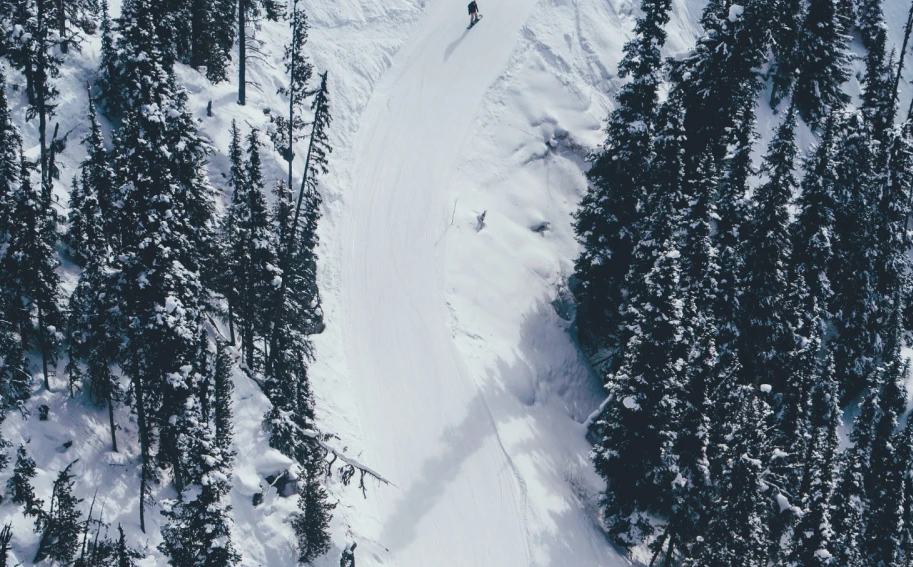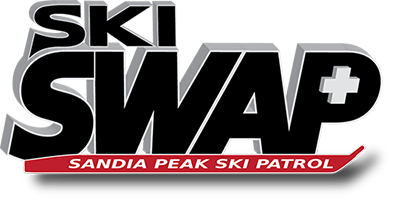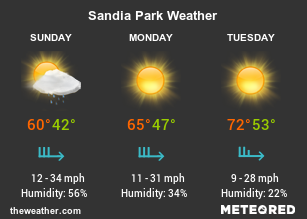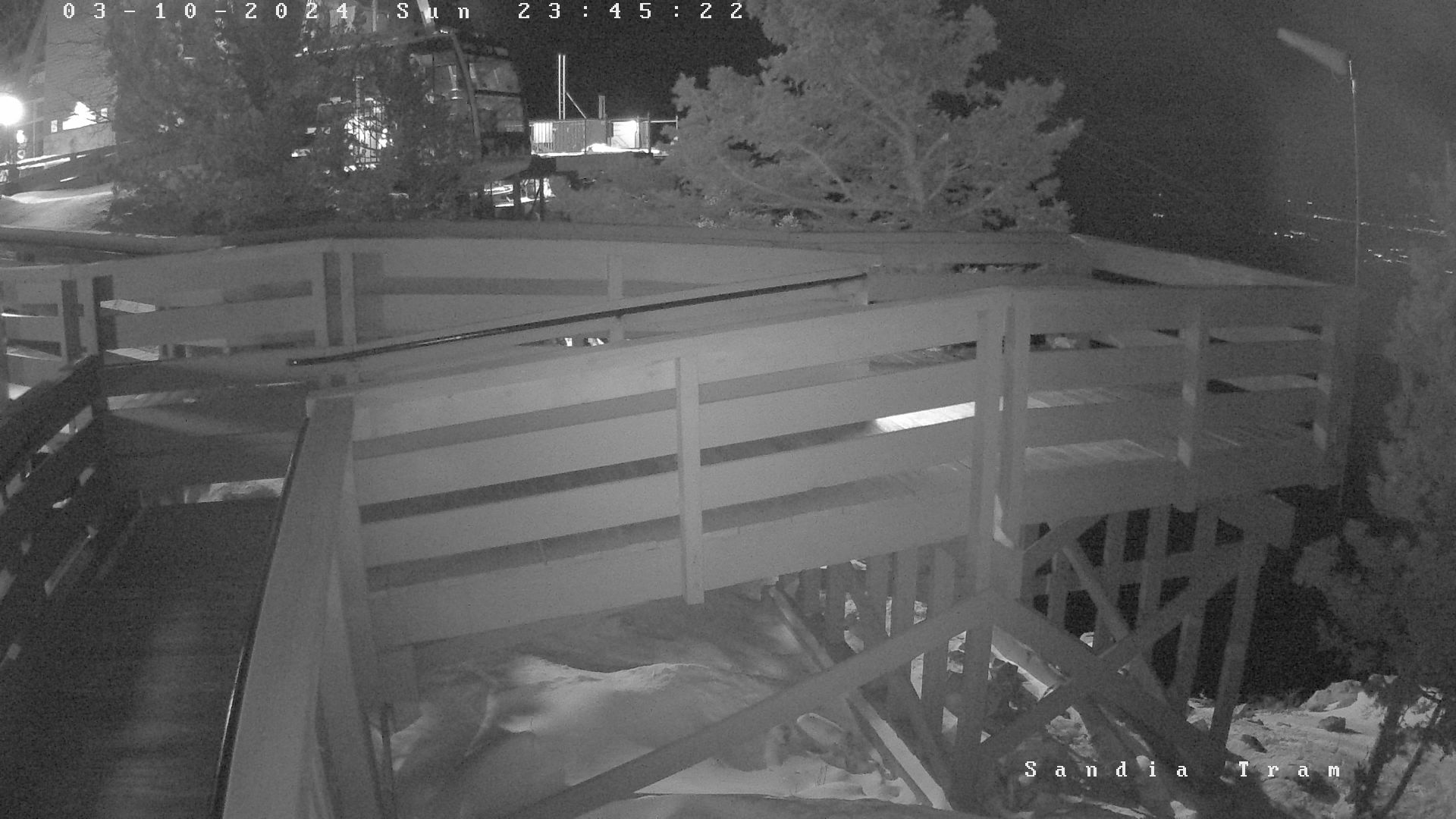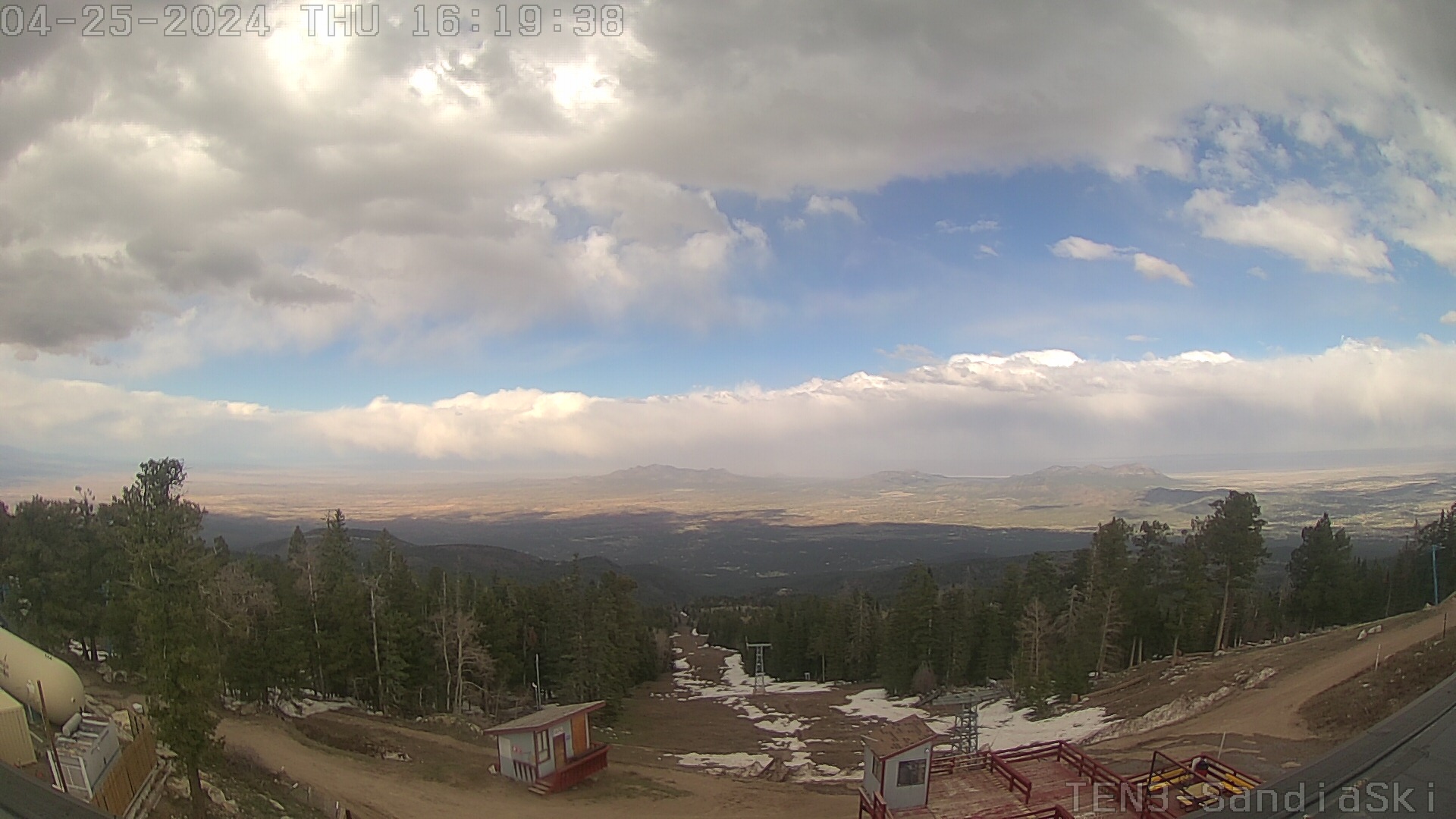Join the Ski Patrol
There’s nothing more rewarding than putting in a hard day’s work and having a good time doing it. Here you will find the requirements for joining, patrolling, and more.
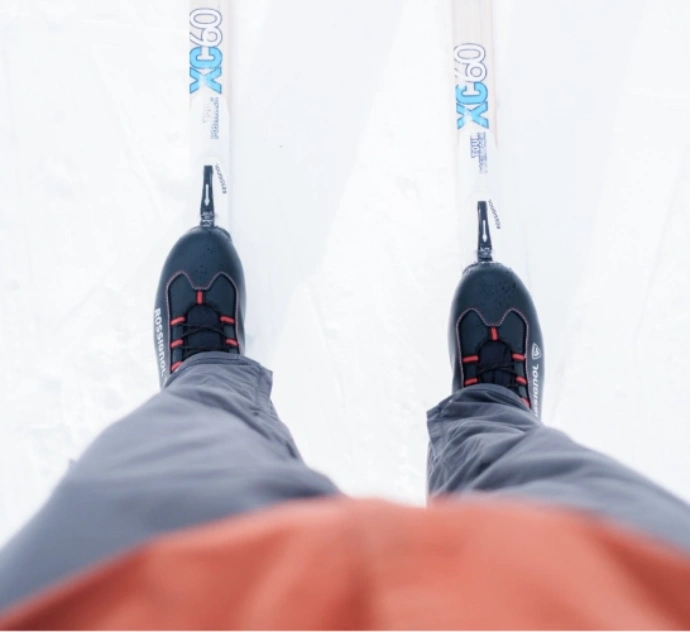
Day of a Patroller
The patrol day begins about 8:00 am when the patroller has boots on and is ready to get on the lift. The lift opens to the public at 9:00 am. The patrol is required to be there early, to make sure all equipment is ready for the day, to ride the lift to the top, and do a sweep of each run…ski/board down every run making sure it is ready for public use. The lift closes to the public at 4 p.m. Following closing the patrol again sweeps every run making sure that no customers are left on the hill. The day ends around 5:15 and sometimes later, depending on what transpires during the day.
JOIN OUR TEAMFIRST YEAR COST
The cost for joining our patrol is approximately $190.00. This covers the OEC textbook and workbook, the CPR fees, training materials, and the first year dues to NSP. The candidate also needs to purchase a patrol vest/parka.
FUTURE YEARS COST
Our patrol pays for the annual registration dues thereafter but only for patrollers who work at SWAP.
Minimum Training
Requirements
This National Ski Patrol (NSP) course begins mid-August and consists of several sessions a week of lectures and “hands on” skills training. There is written and practical evaluations of your knowledge and abilities. OEC concludes in early November.
· The information covered is similar to that in an EMT-B course; however, there is no reciprocity. Basic emergency skills taught include using airway adjuncts, splinting and bandaging, providing emergency care for environmental illnesses and injuries, using special equipment and techniques particular to non-urban rescuers, and managing prolonged transport.
CPR training from a NSP approved CPR provider. Sandia Peak Ski Patrol sponsors a class to students enrolled in the OEC program and annual refreshers to returning patrollers.
Training includes chair-lift evacuation, operations manual review, Lower
Patrol Room procedures.
A two-day training session in the first aid room/LPR, at the area is required. After successfully completing the above items, candidate patrollers complete LPR duty requirements under the watch of an assigned mentor.
· Candidates who have completed the above, then
begin fulfilling all the responsibilities of patrolling ski/board all over the
mountain, carry radios, respond to incidents, and treat injured or ill
customers. They do not transport patients in toboggans or stand at top
watch; in the Upper Patrol Room till being S&T qualified.
Completion of FEMA ICS-100 incident command online course
While on The Patrol
TEAMS
Once on the patrol, individuals patrol with a team. We have weekday teams and weekend teams (every other Saturday AND Sunday each month).
TIME COMMITMENT
It works out that each of us patrols about 4 days a month or one day a week. Of course we can patrol as many days as we wish. If a team member cannot work on his/her duty day he/she is required to find a sub.
SWAP
We have an annual ski swap, which generates the funding needed for NSP dues, our toboggans, supplies, training, etc. Each member of Sandia Peak Ski Patrol, including candidates, works a minimum of 6 shifts during any part these 4 days. Our swap requires lots of hours of preparation, set up, work, tear down, etc. It is a “well oiled machine” AND we all have loads of fun at swap too. It only works because so many work so hard for that long weekend.
THE YOUNG ADULT PATROLLER
Patrollers, aged 15-17, operate the same as the rest of the patrol with these exceptions: student patrollers do not pull toboggans loaded with patients and do not cover the Upper Patrol Room or the Lower Patrol Room without an adult present. This provides great leadership training.
Continued Education
ADDITIONAL TRAINING
Ski/Snowboard and Toboggan (S&T) Training S&T instructors assess and develop a patroller’s skiing/snowboarding abilities and work them on the skills and knowledge involved in toboggan handling and patient transport. This training culminates in a Basic S&T test for qualification as Alpine Patroller. The skills of patrollers S&T qualified are reassessed annually.
Additional OEC and S&T training may be offered periodically, such as Avalanche Awareness, Mountain Travel and Rescue, Senior OEC.
ANNUAL TRAINING
Each member, in order to patrol, is required to annually complete the following:
· OEC Refreshers of knowledge and skills requiring attendance of a one day session in the fall.
· CPR Refresher for Healthcare Providers
· On-the-Hill – is conducted each November prior to the area opening for business. Training includes chair-lift evacuation, operations manual review, Lower Patrol Room procedures, and to cover any issues or changes that area management needs to address.
